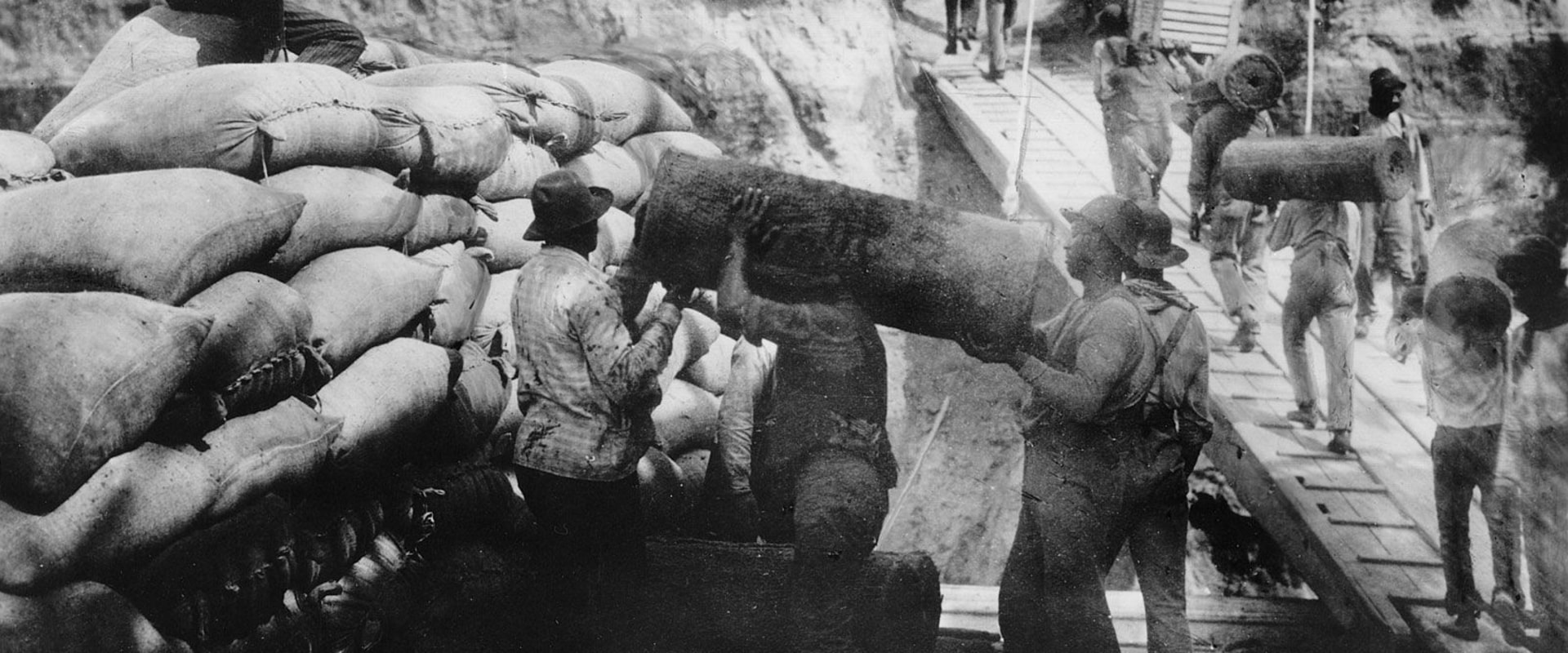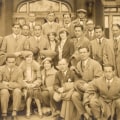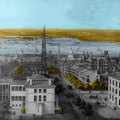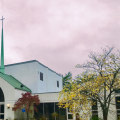The Pentecostal Church has been a part of St. Louis, Missouri's history for more than a century. It all began with Sister Pratt, who asked God for guidance and was one of the first members of the church. The other major black denomination in St.
Louis was the African Methodist Episcopal Church (AME). Paul's AME was the first black Methodist church west of the Mississippi, established in 1866 by Richard Allen. In 1872, Paul's finished its new building, making it the first church west of the Mississippi built by and for African Americans. Quinn Chapel AME acquired the Carondelet Public Market building in 1880 to convert it into a place of worship.
James AME worked after 1885 to establish an African-American presence in The Ville. In 1907, Glenn Cook introduced Pentecostalism to St. Louis and when he returned to Los Angeles, he passed through Memphis, Tennessee and preached about the Holy Spirit in a holiness church pastored by Charles Harrison Mason. In 1915, Mother Moise visited St. Louis and brought with her the message of Jesus.
This led to the formation of the Pentecostal Assemblies of Jesus Christ in 1928, with Brother Ben elected as president. In 1924, Ben's Church bought property at 4017 Easton Avenue and built a large brick building with a capacity for eight hundred people. In 1931, a unity conference was held in Columbus, Ohio with representatives of four Unity organizations to try to bring together all Unity Pentecostals. That same year that the United Pentecostal Church was formed, the Midwest District Council was established in 1945 in St. Louis.
In 1953, the congregation moved again and bought an old but beautiful church at 3610 Grandel Square. James AME founded James House in 1970 on the former Poro College grounds as the first housing project developed by a church in St. Louis. Episcopalians followed in 1819, founding Christ Church in 2nd and Walnut (now Christ Church Cathedral), and Methodists in 1821. For the most part, these denominational churches were formed by Americans who emigrated from other parts of the United States, such as New England and the Southeast Coast. The Pentecostal Church has been an integral part of St. Louis' history for over a century now.
It has provided spiritual guidance to many people and continues to be a source of strength for those who seek it. Its legacy is one that will continue to be remembered for generations to come. The long-standing legacy of Pentecostalism in St. Louis is one that has been shaped by many individuals over time. From Sister Pratt who asked God for guidance to Glenn Cook who introduced Pentecostalism to St.
Louis and Mother Moise who brought with her the message of Jesus, these individuals have all played an important role in shaping this legacy. The Pentecostal Church has provided spiritual guidance to many people throughout its history in St. Louis and continues to be a source of strength for those who seek it today. It has also been instrumental in providing housing projects such as James House which was founded by James AME on the former Poro College grounds as the first housing project developed by a church in St. Louis. The long-standing legacy of Pentecostalism in St.
Louis is one that will continue to be remembered for generations to come. It is a legacy that has been shaped by many individuals over time and one that has provided spiritual guidance and strength to many people throughout its history.




